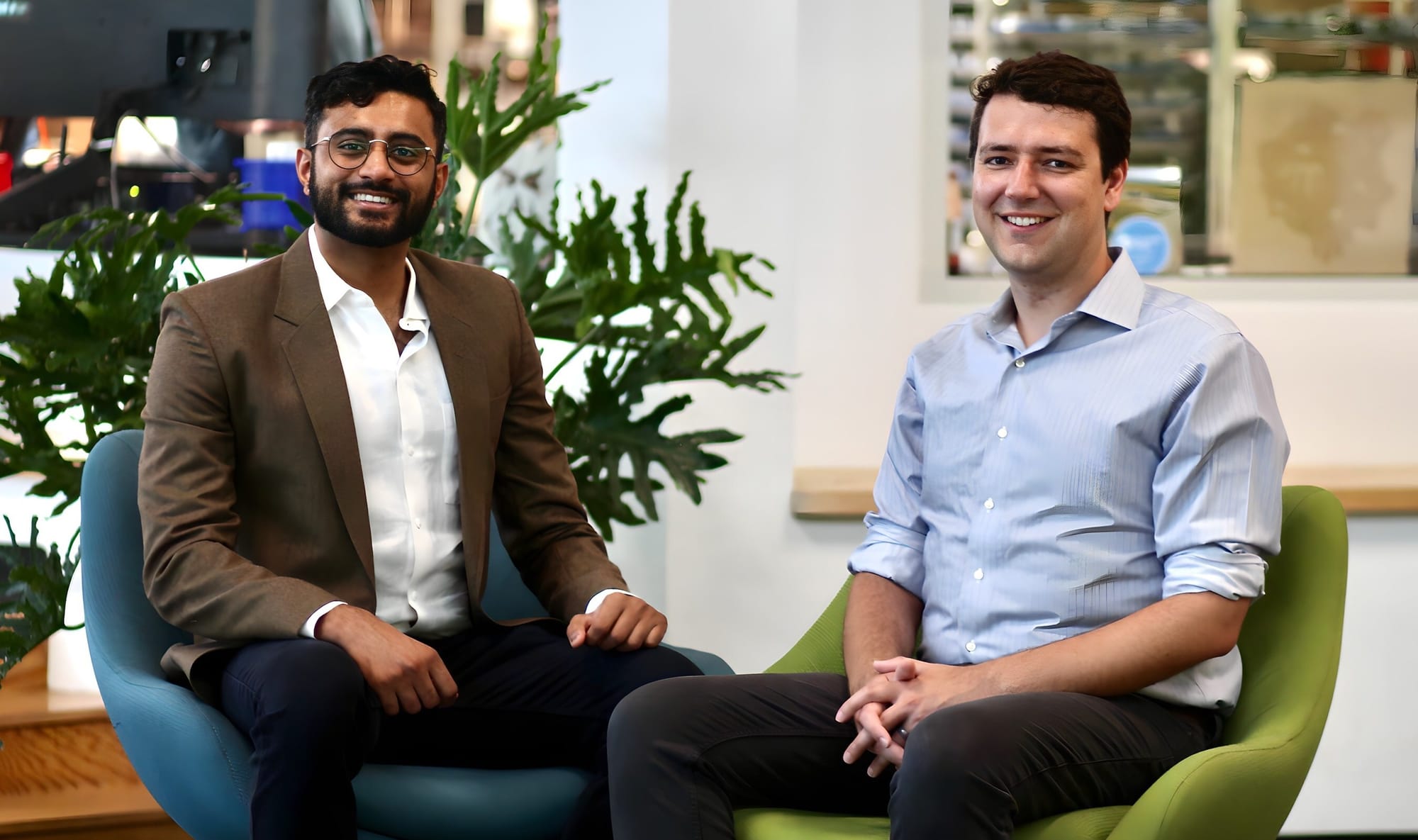Active Surfaces, a startup originating from MIT, has recently secured $5.6 million in pre-seed funding. This financial injection is aimed at propelling the development and deployment of their groundbreaking flexible solar panel technology.
The Rise of a Solar Innovator
Active Surfaces' unique approach to solar technology leverages lightweight, flexible panels that can be integrated into virtually any surface, regardless of its size.
This adaptability marks a stark departure from traditional, bulky solar panels that are often restricted to specific settings due to their size and rigidity.
The company's innovative technology promises to blend seamlessly into everyday environments, making solar power more accessible than ever before.
The funding round, led by Safar Partners, a prominent deep-tech venture capital fund, was notably oversubscribed.
This reflects a broad base of support not only from institutional venture capitalists but also from corporate backers such as Lendlease, Type One Ventures, Umami Capital, Sabanci Climate Ventures, New Climate Ventures, SeaX Ventures, among others.
Such diverse backing underscores the wide-reaching implications and potential of Active Surfaces’ technology.
Scaling Up to Meet Demand
At the heart of Active Surfaces' strategy is the expansion of their laboratory-fabricated 4-by-4-inch photovoltaic devices.
This expansion is facilitated by recent advancements in industrial roll-to-roll semiconductor printing technologies, which are crucial for mass-producing thin, flexible solar materials.
These technological breakthroughs are set to revolutionize the production process, allowing for the creation of solar panels of any size.
Pioneering Leaders and Innovators

The founders of Active Surfaces, Shiv Bhakta and Richard Swartwout, have been pivotal in steering the company towards its innovative edge.
Bhakta, an MIT MS/MBA graduate recently recognized in Forbes 30 Under 30 2024 in Energy, and Swartwout, an MIT PhD and the company's CTO, are both committed to redefining the potential of solar technologies.
Swartwout emphasized the company's mission to enhance R&D efforts, scale production, and bring their advanced solar solutions to market swiftly.
Their team is bolstered by top-tier talent including Jeremiah Mwaura, a PhD in Materials/Chemistry with over a decade of experience in advanced roll-to-roll manufacturing.
The team also includes experts from renowned institutions such as Stanford University, Rice University, University of Pittsburgh, and MIT, further enriching the company's scientific and technological expertise.
Strong Institutional Support and Recognition
The backing of institutions like the Milan Innovation District (MIND), established by global construction and development giant Lendlease, highlights the broader implications of integrating novel solar technologies into urban development.
Tommaso Boralevi, Technology & Innovation Director Europe at MIND, noted that investing in Active Surfaces aligns with their commitment to advancing sustainable urbanization.
Moreover, Active Surfaces is not just receiving financial backing but is also supported through participation in leading startup accelerators and climate tech incubators such as the Go Build program through Greentown Labs, Third Derivative, ACCEL, Swissnex Climate Collider, Cleantech Open, and Venture for ClimateTech.
The Future of Solar Technology
With their cutting-edge 'solar 2.0' technologies, Active Surfaces aims to deliver dramatically higher efficiency, lower costs, and greater versatility than current solar solutions.
This ambitious goal could significantly alter how solar energy is perceived and utilized across various industries and communities.
As the world continues to seek sustainable and efficient energy solutions, the innovation and promise exhibited by Active Surfaces could not only revolutionize solar power applications but also inspire further advancements in the renewable energy sector.
The journey of Active Surfaces from an MIT spinoff to a leader in flexible, high-efficiency solar technology highlights the transformative potential of combining academic research with entrepreneurial spirit and strategic funding.







